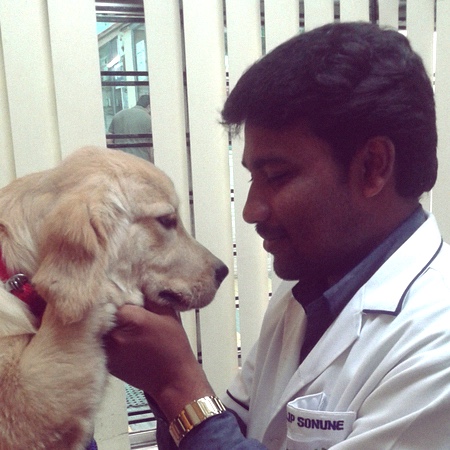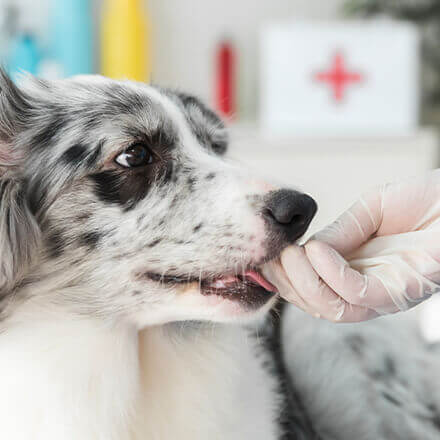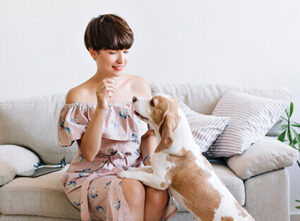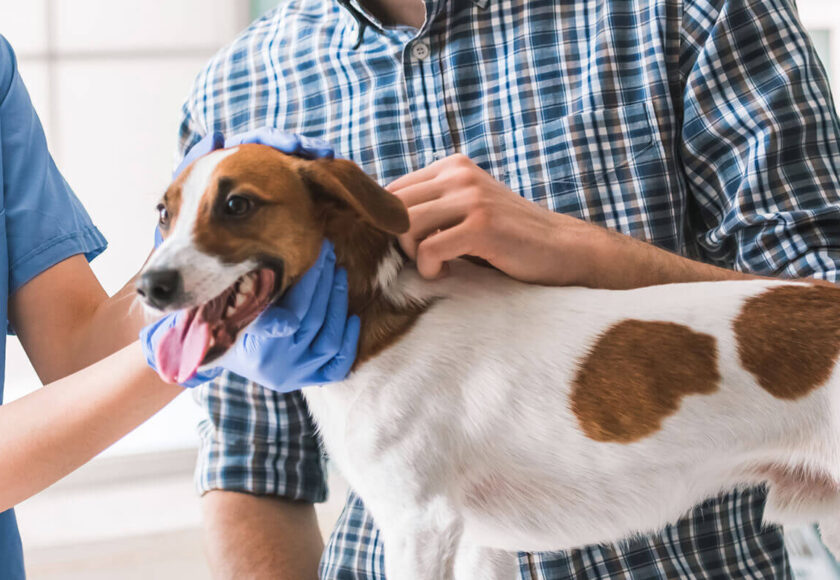It is important to start training your new puppy as soon as you bring it home. Training can be done yourself or a professional can be hired. Local dog training classes are often available. Ask your veterinarian to recommend a trainer or look in your local newspaper for a trainer in your area.
There are two types of training: Behavioral and obedience


Behavioral training prevents or corrects bad habits that your puppy or dog may develop or already has developed. Jumping, car chasing, begging, climbing on furniture, and chewing are just a few. It is very important to be consistent during the training process. For example, do not let your puppy on the couch unless you are planning to allow it on the couch when it is full-grown. This will confuse it, causing problems.
Taking the time to learn natural dog behavior and satisfying the dog’s natural instincts along with proper exercise will help you communicate to your dog and can mean the difference between success and failure.
Obedience training is training the dog to obey certain commands such as sit, stay, come, and teaching it to heel. Training sessions should be frequent but short to prevent your dog from becoming bored; ten to fifteen-minute sessions, two or three times a day will be sufficient.
Tip: Training your dog right before meals will help them associate their meal with a reward for the training and also make them more interested in the food treat you use in your training session.
Before giving a word command to your dog, speak its name to get its attention; then speak a one-word command such as “stay,” “sit,” “come” or walking on a loose leash. Do not get impatient. Never use negative reinforcement(harsh interaction or reprimands). Do not call your dog to come to you for punishment because this will teach your dog not to come on command. Be sure to keep any frustration out of the tone of your voice. If you feel yourself becoming frustrated, take a break. Your dog can sense this and will start to associate training with your unhappiness. You cannot hide your frustration from a dog. You cannot pretend. Dogs can feel human emotions, so stay relaxed, firm and confident.
Some of the specific commands are “sit,” “stay,” “come,” “down” and walking on a loose leash(heel). When speaking the commands, say them loudly and clearly, repeating them often. The dog may have to hear the commands over and over, but will soon begin to associate the word with its meaning. Always remember to praise your dog when it responds correctly. This will encourage your dog to perform correctly the next time. You may either use food, or toy, or affection such as a belly rub, a pet or verbal praise as the reward or both. Motivation should be given utmost importance while training pups/dogs with a smile on the trainer/owner/handler’s face for positive response.

The heel command should actually be one of the first things you teach your puppy or dog. They need to learn how to follow. Once you establish this all other aspects of training will be easier and their behavior in general will be better as the dog will learn to respect you as the leader.

